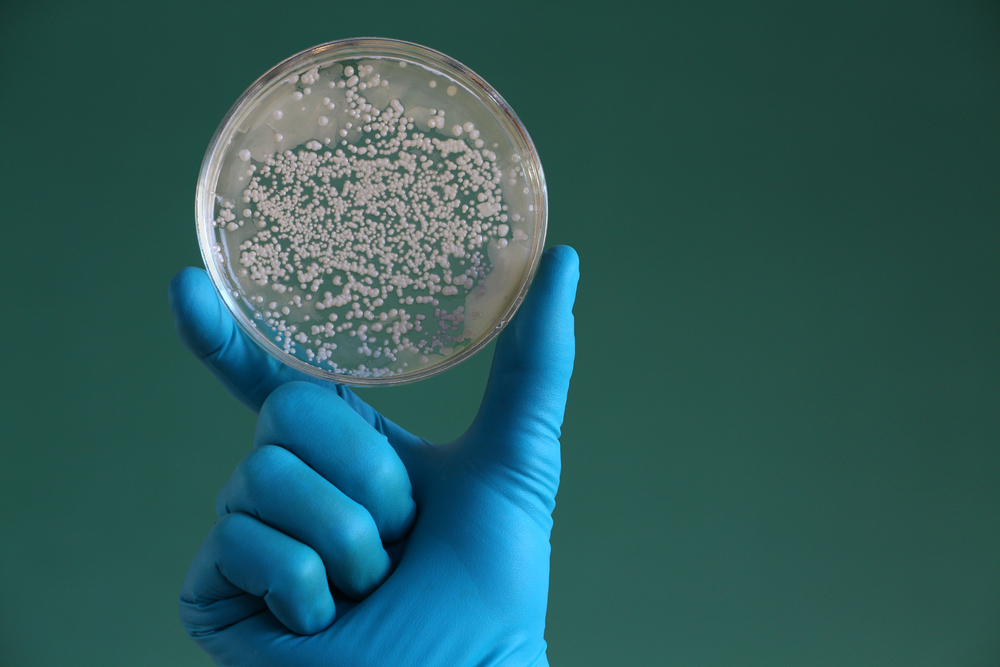
Recognizing the threat that unpredictable biohazards could pose, the Defense Advanced Research Projects Agency (DARPA) has proposed development of a new biosurveillance technology that would rapidly screen unfamiliar bacteria to establish their capacity to harm.
The program, “Friend or Foe,” intends to go where existing forensic technologies can not. Older methods are primarily locked to the 350-known strains and cultured bacteria addressed under diagnostic microbiology, or the practice of metagenomics, which simply inventories previously known bacteria. The new method, on the other hand, would catalog unknown pathogenic traits and track unfamiliar bacteria. What’s more, it proposes to do so in less than the 36-hour (minimum) window of its forebears.
“Trends such as rising global population, changes in the environment, and the growing accessibility of tools for genetic engineering mean that our armed forces are increasingly likely to face new bacterial pathogens, whether they occur naturally or are engineered by adversaries,” Paul Sheehan, the program manager for the Friend or Foe technology, said. “Our existing biosurveillance strategies don’t work on previously undiscovered bacteria or on bacteria that have been specifically designed to evade detection by current tests. We need new screening tools that can quickly characterize the threat to enable a rapid response.”
Current efforts leave the world vulnerable to large categories of previously unknown bacteria, and part of that is in what they read. The previously mentioned tend to stick to genotypes–genetic makeups–of their subjects, as opposed to phenotypes–how the bacterium’s genetic code leads to function–which the Friend or Foe tech proposes to address. Using that basis, it aims to test three things: if bacteria can survive and establish itself in a host, if the bacteria can harm its host, and if the bacteria can protect itself.
“There are millions of species of unidentified bacteria in the world, and we now have no quick way of knowing which of those might endanger our troops,” Sheehan said. “If we’re successful in creating a tool for rapid evaluation of bacterial phenotype, we’ll deliver the Defense Department a powerful new capability for force protection and a powerful deterrent to the development of engineered bio-threats.”
The program for development of Friend or Foe would be a four-year research program, supported by an independent verification and validation team.

